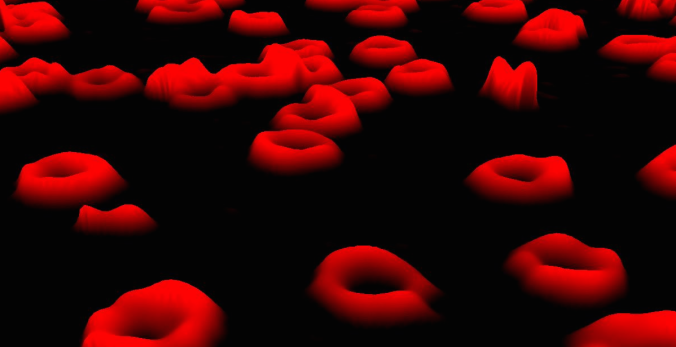
Knowing your blood types can be a matter of life and death. So you might think that scientists had a clear idea of why we have them in the first place. I’ve written a feature for Mosaic, a new online magazine about medicine, in which I try to get the answer. It proves a lot harder than I expected. Check it out.

